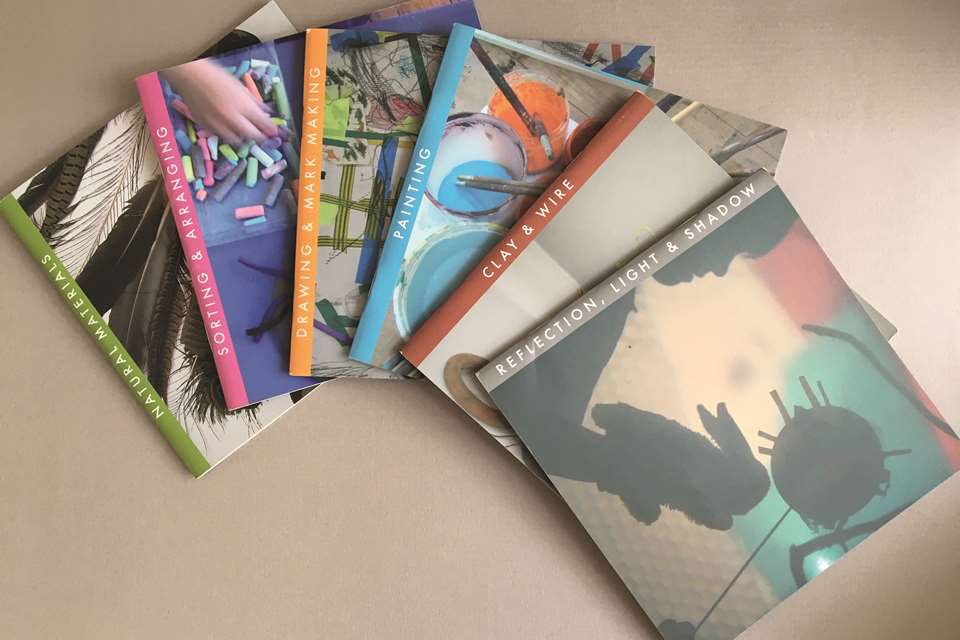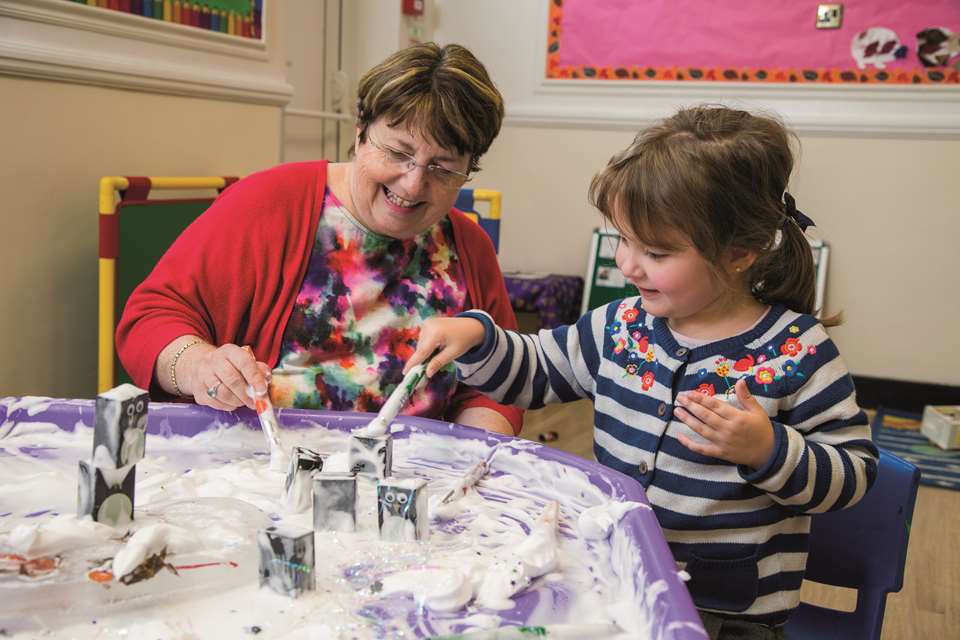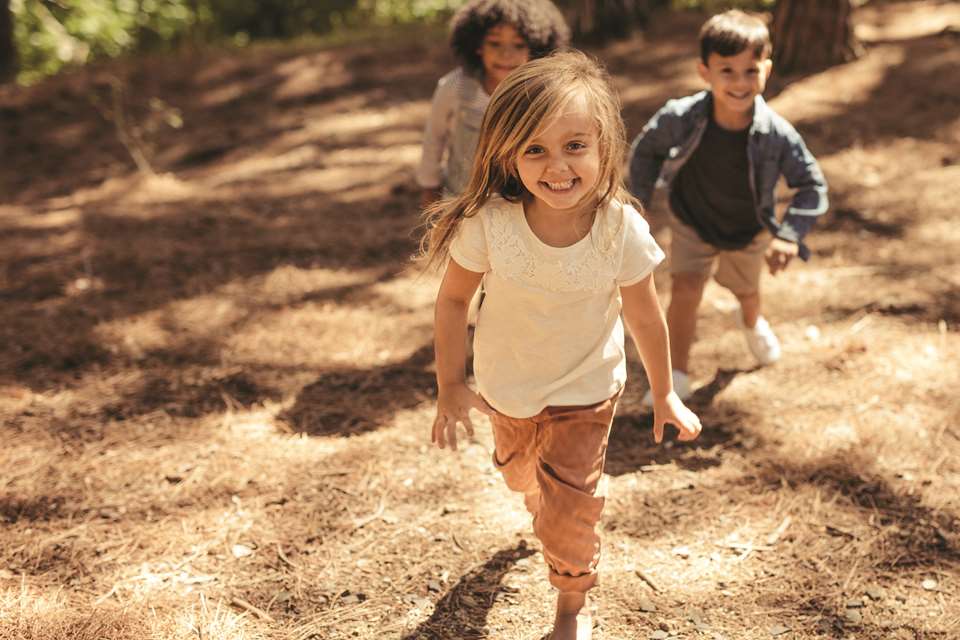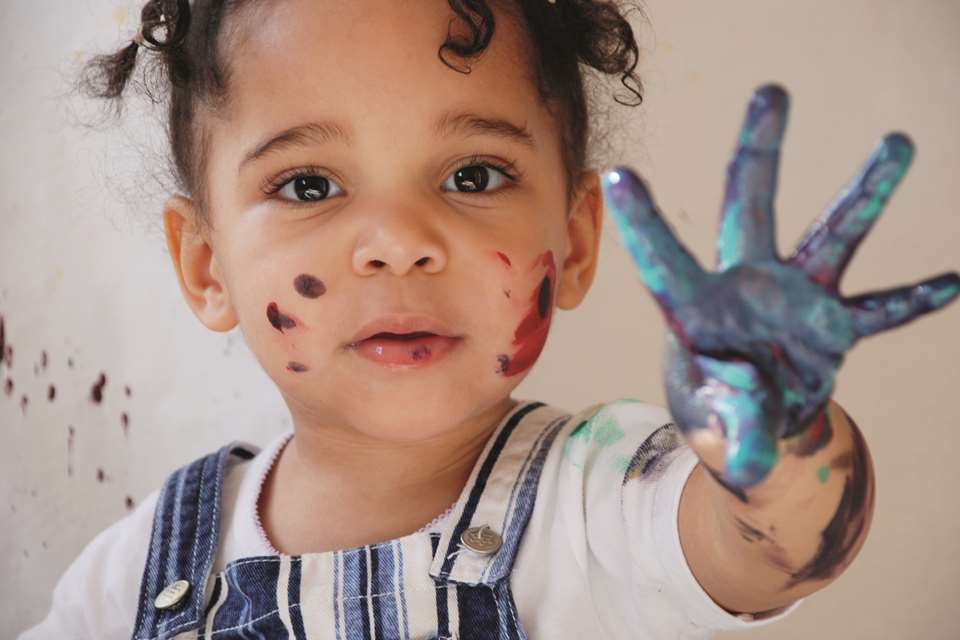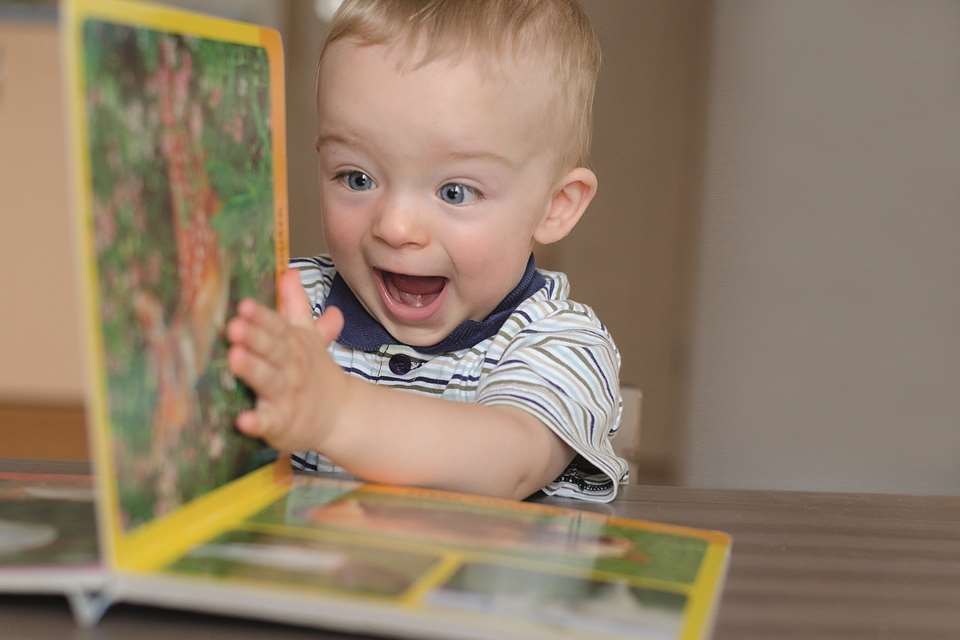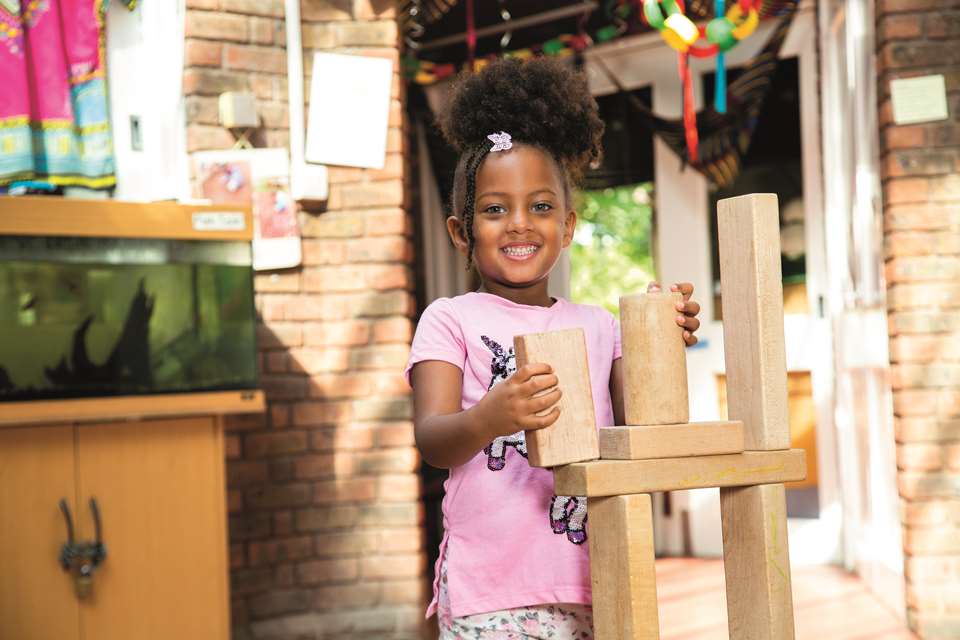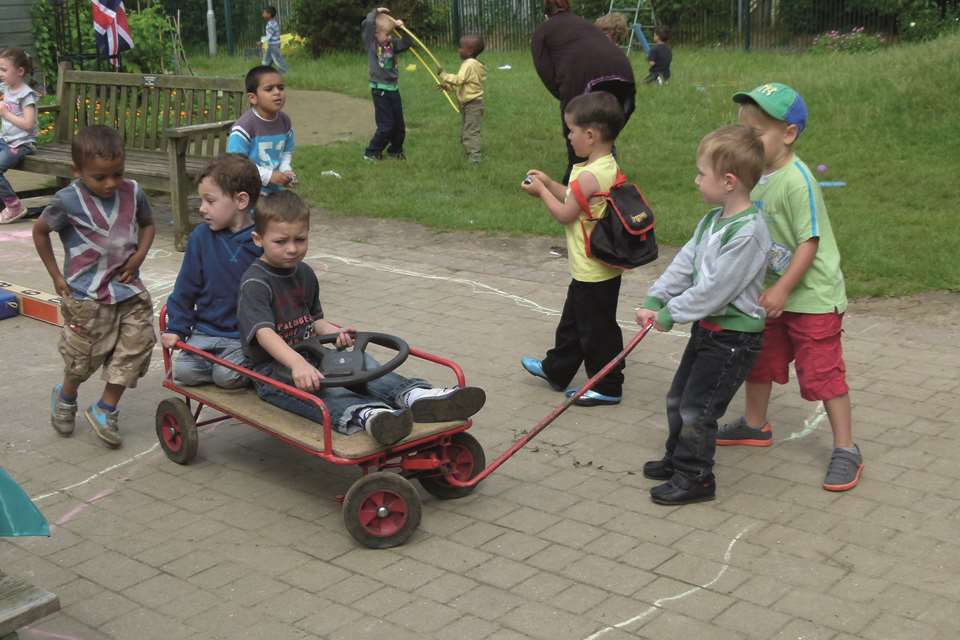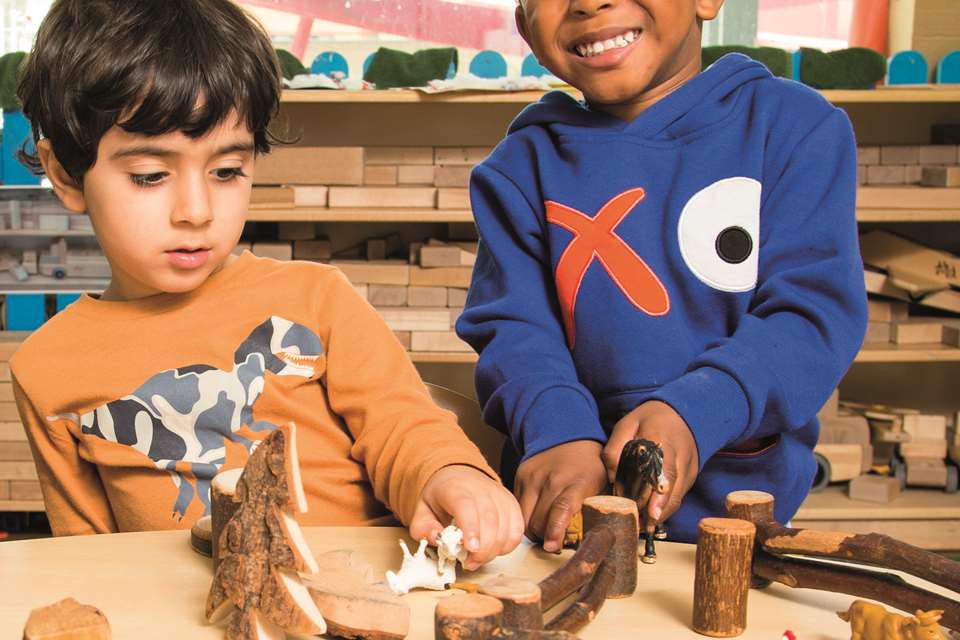Nursery Equipment: Introduction - Loud and clear
Penny Tassoni
Tuesday, June 2, 2020
What does the new focus on communication and language mean for settings, asks Penny Tassoni
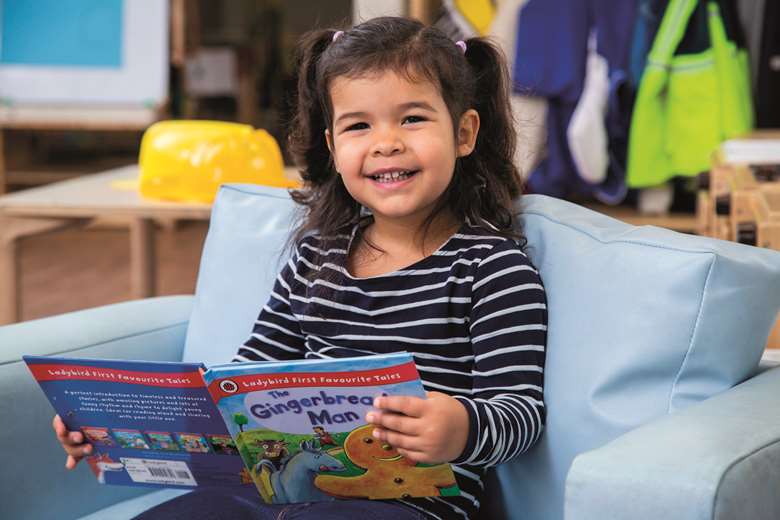

It is perhaps not surprising that once again there is a renewed focus on communication and language in early years education policy. No longer are early years settings being gently nudged in the direction of communication and language outcomes. Instead, we are being given a huge shove!
This is reflected both in Ofsted’s changes to the inspection framework, the revised EYFS and associated Early Learning Goals for communication and language. The revised EYFS has a clear emphasis on the importance of developing vocabulary and enriching children’s language and literacy experiences through stories, books and role play.
IMPLICATIONS FOR PRACTICE
While the temptation for settings is to focus on revised ELGs, it is worth focusing instead on the messages within the communication and language education programme.
It is these messages that will help children achieve the ELGs at the end of the Reception year and it is this education programme that is the focus of Ofsted’s inspection framework. It is worth taking time to understand the rationale for this education programme in both the context of the ELGs, but also how it might influence practice.
Children’s spoken language underpins all seven areas of learning and development
This has implications for the way resources and activities are planned and how practitioners view their role. Practitioners will need to show that they are supporting children’s language at every opportunity.
‘Back-and-forth interactions’ and ‘number and quality of conversations’
This is a clear signal that children need to be highly active participants when it comes to language learning. They also need frequent opportunities to engage with adults. This is based on research suggesting that the ‘back and forth’ or ‘turn taking’ that occurs during ‘natural’ conversations is very beneficial to children’s language development and learning.
Language-rich environment
Language-rich environments are not static. They evolve. Practitioners will need to evaluate resources as well as activities and consider whether they prompt opportunities for ‘back and forth’ interactions.
Commenting on what children are interested in or doing, and echoing back what they say with new vocabulary added
One of the drivers for the revised EYFS is research that suggests disadvantaged children have lower levels of vocabulary. Activities and resources that are rich in possibilities are more likely to generate detailed levels of vocabulary, and so this links back to a language-rich environment.
Reading frequently to children, and engaging them actively in stories, non-fiction, rhymes and poems
As well as interactions as a tool to support vocabulary, research also shows that opportunities to hear books, stories, rhymes and poems can increase children’s vocabulary. It is worth noting that there is also a clear message that children will need frequent opportunities for these early literacy activities. Children will also need opportunities to hear adults and also use new vocabulary in other situations so that they can make connections to it.
Sensitive questioning that invites them (children) to elaborate
Children’s cognition is linked to their use of language. Thoughtful questions can develop children’s ability to reason, problem-solve and speculate and so aid abstract thinking.
A final word: the success of the revised EYFS will not be determined by the ELGs, but by how the underpinning messages about building children’s language is embedded into everyday practice.
PROPOSED ELGs
Listening, Attention and Understanding
- Listen attentively and respond appropriately when being read to and during whole-class discussions and small group interactions.
- Make comments about what they have heard and ask questions to clarify their understanding; hold conversation when engaged in back-and-forth exchanges with their teacher and peers.
Speaking
- Participate in small group, class and one-to-one discussions, offering their own ideas, using recently introduced vocabulary.
- Offer explanations for why things might happen, making use of recently introduced vocabulary from stories, non-fiction, rhymes and poems when appropriate.
- Express their ideas and feelings about their experiences using full sentences, including accurate use of past, present and future tenses and making use of conjunctions, with modelling and support from their teacher.


